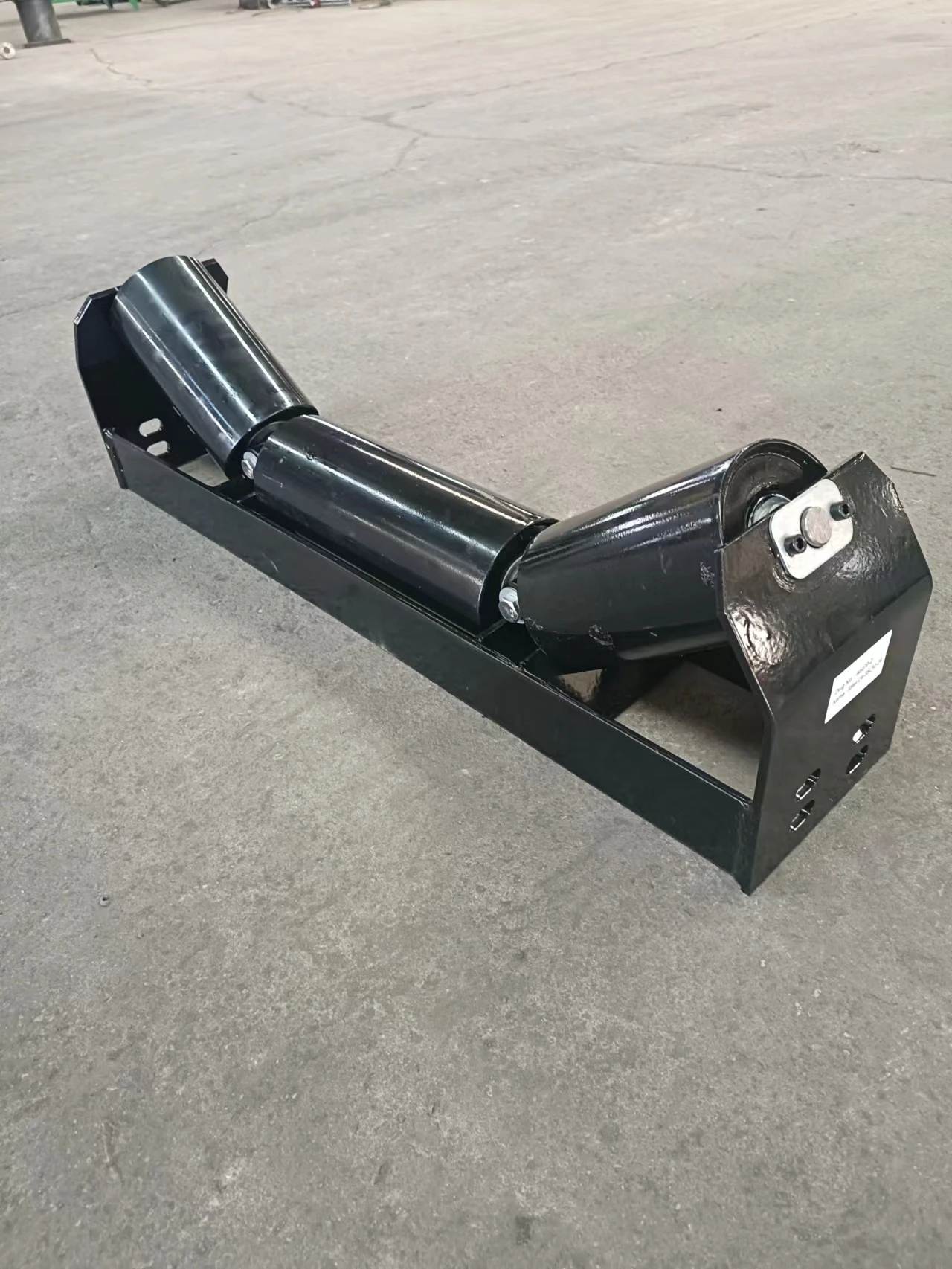 Afrikaans
Afrikaans  Albanian
Albanian  Amharic
Amharic  Arabic
Arabic  Armenian
Armenian  Azerbaijani
Azerbaijani  Basque
Basque  Belarusian
Belarusian  Bengali
Bengali  Bosnian
Bosnian  Bulgarian
Bulgarian  Catalan
Catalan  Cebuano
Cebuano  Corsican
Corsican  Croatian
Croatian  Czech
Czech  Danish
Danish  Dutch
Dutch  English
English  Esperanto
Esperanto  Estonian
Estonian  Finnish
Finnish  French
French  Frisian
Frisian  Galician
Galician  Georgian
Georgian  German
German  Greek
Greek  Gujarati
Gujarati  Haitian Creole
Haitian Creole  hausa
hausa  hawaiian
hawaiian  Hebrew
Hebrew  Hindi
Hindi  Miao
Miao  Hungarian
Hungarian  Icelandic
Icelandic  igbo
igbo  Indonesian
Indonesian  irish
irish  Italian
Italian  Japanese
Japanese  Javanese
Javanese  Kannada
Kannada  kazakh
kazakh  Khmer
Khmer  Rwandese
Rwandese  Korean
Korean  Kurdish
Kurdish  Kyrgyz
Kyrgyz  Lao
Lao  Latin
Latin  Latvian
Latvian  Lithuanian
Lithuanian  Luxembourgish
Luxembourgish  Macedonian
Macedonian  Malgashi
Malgashi  Malay
Malay  Malayalam
Malayalam  Maltese
Maltese  Maori
Maori  Marathi
Marathi  Mongolian
Mongolian  Myanmar
Myanmar  Nepali
Nepali  Norwegian
Norwegian  Norwegian
Norwegian  Occitan
Occitan  Pashto
Pashto  Persian
Persian  Polish
Polish  Portuguese
Portuguese  Punjabi
Punjabi  Romanian
Romanian  Russian
Russian  Samoan
Samoan  Scottish Gaelic
Scottish Gaelic  Serbian
Serbian  Sesotho
Sesotho  Shona
Shona  Sindhi
Sindhi  Sinhala
Sinhala  Slovak
Slovak  Slovenian
Slovenian  Somali
Somali  Spanish
Spanish  Sundanese
Sundanese  Swahili
Swahili  Swedish
Swedish  Tagalog
Tagalog  Tajik
Tajik  Tamil
Tamil  Tatar
Tatar  Telugu
Telugu  Thai
Thai  Turkish
Turkish  Turkmen
Turkmen  Ukrainian
Ukrainian  Urdu
Urdu  Uighur
Uighur  Uzbek
Uzbek  Vietnamese
Vietnamese  Welsh
Welsh  Bantu
Bantu  Yiddish
Yiddish  Yoruba
Yoruba  Zulu
Zulu Selecting the Best Conveyor Guide Roller for Optimal Performance and Efficiency
Understanding Conveyor Guide Rollers An Essential Component in Material Handling
In the realm of industrial automation and manufacturing, conveyor systems play a pivotal role in the efficient transportation of materials. Within these systems, one often-overlooked component is the conveyor guide roller. This essential element serves a variety of functions, ensuring smooth operation, enhanced efficiency, and increased lifespan of conveyor systems.
What are Conveyor Guide Rollers?
Conveyor guide rollers are cylindrical components that are mounted alongside or beneath conveyor belts. Their primary function is to guide and support the movement of the conveyor belt, preventing misalignment and reducing the risk of slippage. Designed to handle the dynamic forces present during operation, these rollers are typically constructed from durable materials such as steel or nylon, ensuring they can withstand harsh industrial environments.
The Importance of Guide Rollers
1. Improved Belt Tracking One of the most significant challenges in conveyor operation is maintaining proper belt alignment. A misaligned belt can lead to unnecessary wear, increased maintenance costs, and even costly downtime. Guide rollers promote effective tracking by providing a stable surface for the conveyor belt to operate on. This stability helps ensure that the belt remains centered, minimizing the risk of misalignment.
2. Reduced Friction By facilitating smooth movement of the conveyor belt, guide rollers help reduce friction between the belt and the supporting frame. This reduction in friction not only prolongs the lifespan of the conveyor system but also improves energy efficiency. Less friction means that the motors don’t have to work as hard to drive the system, leading to lower energy consumption and operational costs.
conveyor guide roller

3. Ease of Maintenance Guide rollers are typically designed for easy installation and maintenance. Regular inspection and replacement of worn rollers can significantly enhance the overall performance of the conveyor system. By ensuring that the rollers are in good condition, operators can minimize downtime and keep production lines running smoothly.
4. Versatility in Applications Conveyor guide rollers are utilized across various industries, from manufacturing and construction to food processing and logistics. Their versatile designs allow them to be customized for different conveyor types, including belt conveyors, roller conveyors, and modular conveyors. This adaptability makes them suitable for a wide range of applications, helping businesses streamline their operations.
Selecting the Right Guide Roller
When selecting conveyor guide rollers, several factors must be considered to ensure optimal performance. These factors include the material of the roller, load capacity, roller diameter, and environmental conditions. For instance, rollers used in high-temperature environments may require specialized materials that can withstand increased heat. Additionally, the load capacity should match the specific requirements of the application to prevent premature wear or failure.
Conclusion
In conclusion, conveyor guide rollers are a crucial component of any effective material handling system. Their ability to enhance belt tracking, reduce friction, and ease maintenance makes them indispensable in industrial operations. As businesses seek to improve efficiency and reduce costs, understanding the significant role of conveyor guide rollers becomes vital. Investing in high-quality guide rollers tailored to specific operational needs will not only lead to improved conveyor system performance but also contribute to a more productive and cost-effective workplace. As industries continue to evolve, so too will the technologies and designs related to conveyor guide rollers, ensuring they remain a fundamental part of material handling systems for years to come.





























